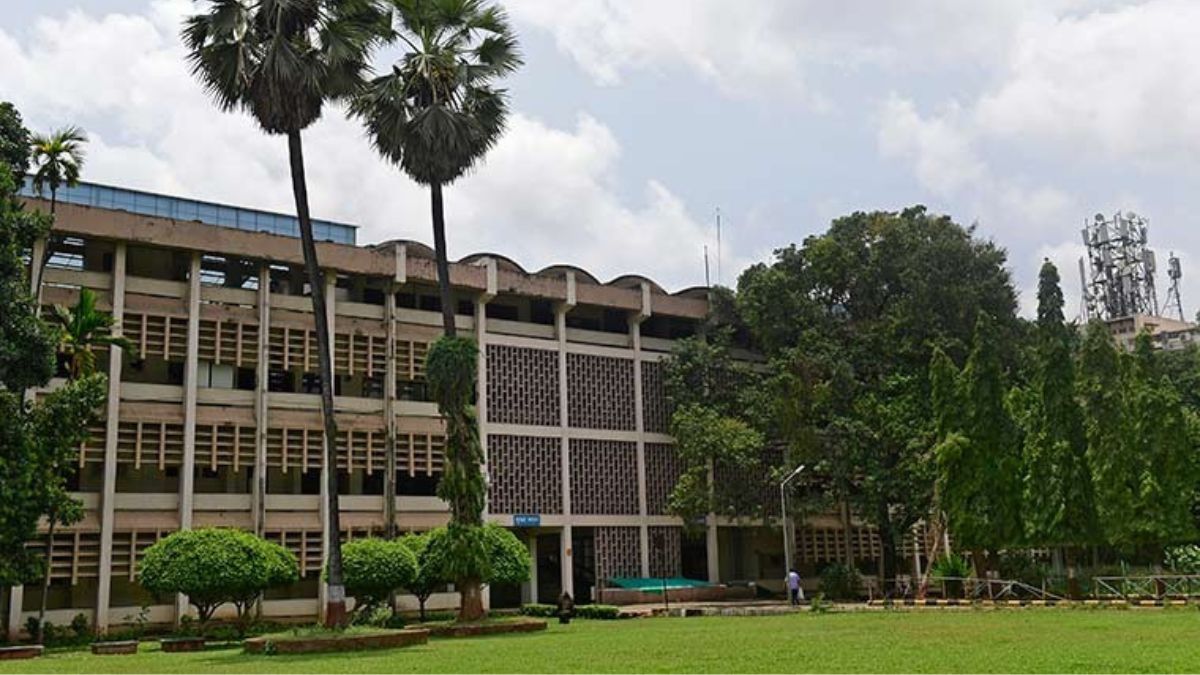A bottle heater? IIT Bombay researchers design groundbreaking heat storage system to warm homes in peak winter

What if the blazing summer sun in the Himalayas could be stored in a bottle, and opened during the bitter winter cold? Scientists at the Indian Institute of Technology (IIT) Bombay believe they have found a way to do just that.
In an important development in the field of sustainable energy, researchers at IIT Bombay have designed a thermochemical storage system that captures solar heat during the summer, stores it, and can be released during the winter, offering an eco-friendly and cost-effective alternative to traditional heating methods.
ALSO READ | Solar projects in India: Opportunities and challenges
This invention utilises strontium bromide, a salt that stores thermal energy by means of a reversible chemical reaction.
“For nearly a quarter of the year, places like Leh remain below freezing. Most households rely on diesel or firewood for heating, both of which are environmentally unsustainable and economically burdensome,” said Dr Rudrodip Majumdar, one of the lead researchers, who is now at the National Institute of Advanced Studies (NIAS).
“We wanted to create a system that could provide clean, affordable heat even in the remotest corners.”
The system captures heat using solar thermal air collectors during the summer. This hot air is then used to dehydrate hydrated strontium bromide (hexahydrate)—a process that stores heat in chemical form. In winter, when humid air passes through the dehydrated salt, the material rehydrates in an exothermic reaction, releasing the stored heat.
Unlike conventional thermal storage, which loses energy over time, this thermochemical method is stable, with the ability to store energy for several months without degradation or heat loss.
The research team has successfully tested six full charge-discharge cycles in the lab, and estimates that each unit can last 500-600 cycles, or several years of use.
Each storage module is roughly the size of two LPG cylinders and designed to be portable and modular.
According to Dr. Sandip Kumar Saha, who led the study, the system is built with local conditions in mind—using insulated, weatherproof housing suitable for the harsh Himalayan winters. These units can be charged in sunny states like Gujarat or Rajasthan and transported to the mountains before the onset of winter.
“We’ve kept the design simple,” said Dr. Majumdar. “Solar collectors are already proven, and steel tanks have been made for decades. The innovation lies in stabilising the material and making it practical for daily life.”
ALSO READ | Green fuel, energy efficient measures and use of technology can help reduce carbon emissions in maritime sector: Experts
A single module can store about 500 kilowatt-hours of energy—enough to heat a small Himalayan home for up to four months.
While the upfront cost of the system may be higher than diesel heaters, researchers say it’s significantly more economical over time—particularly in remote regions where diesel prices soar due to transport costs.
According to the study, the Levelized Cost of Heating (LCOH) with this system ranges from ₹33 to ₹51 per kWh, depending on the location. In Leh, it was found to be as low as ₹31/kWh (cheaper than diesel-based heating), especially when environmental and carbon costs were considered.
“If you factor in carbon penalties, diesel-generated electricity can cost up to ₹78 per unit,” said Dr. Majumdar. “Our system would be half that price.”
While promising, the system still needs field trials and policy support for large-scale deployment. Challenges include ensuring enough summer sunlight to charge the system and sufficient winter humidity for heat release—both of which vary across Himalayan regions.
Nevertheless, the researchers are optimistic.
“We are also developing this system for the Indian Army in sub-zero zones,” said Dr. Chandramouli Subramaniam, another co-author of the study. “It has already been tested in extreme weather.”
Dr. Majumdar sees the initiative as more than just an engineering project.
“Energy poverty should not exist in the 21st century,” he said. “We must ensure that even the remotest parts of the country are energy secure.”
Sci/Tech